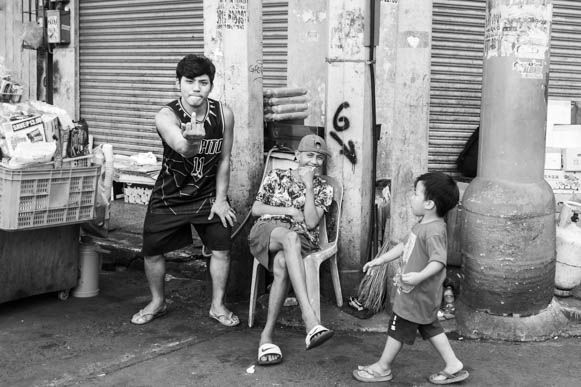Technical Analysis and Photographic Reading: Understanding the Differences and Applications
- Miguelitor
- Jul 3, 2024
- 3 min read
Technical Analysis and Photographic Reading: Understanding the Differences and Applications
In the world of photography, there are various ways to approach and understand an image. Two of the most commonly used methods are technical analysis and photographic reading. Although these approaches may seem similar, they focus on different aspects and offer unique perspectives on a photograph. In this blog post, we will explore what each entails, their differences, and how they complement each other. Additionally, we will apply both methods to a specific photograph to illustrate their practical applications.

What is Technical Analysis?
Technical analysis of a photograph focuses on the formal and technical aspects of the image. This type of analysis examines the elements that compose the photograph from an objective and technical perspective, such as:
Composition: The arrangement of elements within the frame.
Lighting: The quality, direction, and source of light.
Color: The color palette, contrasts, and color temperature.
Focus and Depth of Field: Which parts of the image are sharp and which are not.
Texture and Detail: The clarity of details and the roughness of surfaces.
Exposure: The amount of light captured in the image.
Post-Processing: Digital edits made after capturing the photograph.
The goal of technical analysis is to understand how the photograph was created and which elements contribute to its visual impact.
What is Photographic Reading?
Photographic reading, on the other hand, delves into the subjective interpretation and meaning of the image. This approach considers the context, content, and symbols present in the photograph to understand what it communicates. Key aspects include:
Content and Context: What the photograph shows and the setting in which it is placed.
Symbolism and Interpretation: The underlying and symbolic meanings in the image.
Emotional Impact: The feelings and emotions evoked by the photograph.
Narrative: The story suggested or told by the image.
Photographic reading seeks to answer questions about the message, intention, and emotional effect of the photograph on the viewer.
Differences and Complementarity
Focus: Technical analysis focuses on form (how it was made), while photographic reading focuses on content (what it means).
Objectivity vs. Subjectivity: Technical analysis is more objective and quantifiable, while photographic reading is subjective and depends on personal interpretation.
Purpose: Both approaches complement each other; technical analysis provides an understanding of methods and techniques, while photographic reading offers a deeper understanding of content and emotional impact.
Technical Analysis
Composition: The image presents a symmetrical composition with two windows aligned horizontally in the center of the frame. The shadow of a human figure is placed on the left, creating a point of interest that contrasts with the symmetry of the windows.
Lighting: The lighting is natural and strong, probably from the sun, creating defined shadows and marked contrasts. The shadow of the human figure is projected onto the wall, while the right portion of the image is partially in shadow, dividing the image into areas of light and darkness.
Color: The photograph is in black and white, eliminating color distractions and focusing attention on shapes, textures, and contrasts of light and shadow.
Focus and Depth of Field: The image has deep focus, where the wall, windows, and shadow are all clearly defined. There is no significant blur, keeping all elements in focus.
Texture and Detail: The rough texture of the wall is visible, adding a layer of visual interest to the photograph. The bars and shadows also present sharp details, highlighting the technical quality of the image.
Exposure: The exposure is balanced, allowing details in both the illuminated and shadowed areas to be visible without losing information in the brightest or darkest zones.
Photographic Reading
Content and Context: The image shows the facade of a building with two windows and the shadow of a human figure. The scene appears to be in an urban setting, possibly a quiet street.
Symbolism and Interpretation: The shadow of the human figure may symbolize someone's presence without revealing their identity, suggesting anonymity or mystery. The closed windows with bars may symbolize barriers or restrictions, contrasting with the figure outside.
Emotional Impact: The image may evoke a sense of loneliness or isolation due to the solitary shadow and closed windows. The contrast of light and shadow can generate an atmosphere of tension or uncertainty.
Narrative: The photograph suggests a story of someone passing by a seemingly closed or inaccessible place. The projected shadow may indicate a fleeting moment, captured in an instant, inviting the viewer to imagine the rest of the story.
Conclusion
This practical application demonstrates how technical analysis and photographic reading can offer a deep and multifaceted understanding of an image. By examining aspects like composition, lighting, color, focus, texture, and exposure, along with the interpretation of content, symbolism, emotional impact, and narrative, we can enrich our appreciation and perception of photography. This dual approach allows us not only to value the photographer's technical skill but also to connect emotionally and conceptually with the work, revealing layers of meaning that might otherwise go unnoticed.



Comments